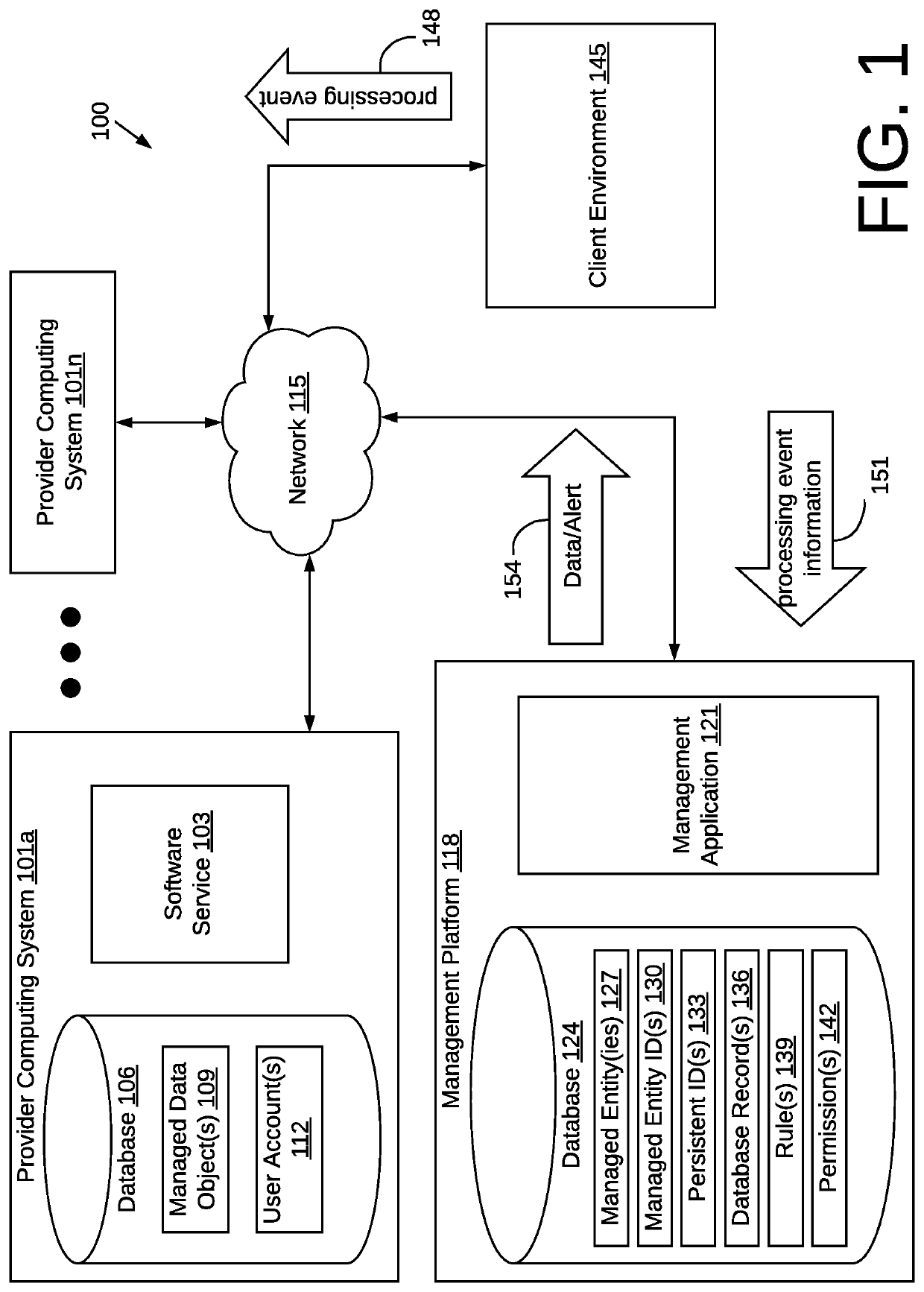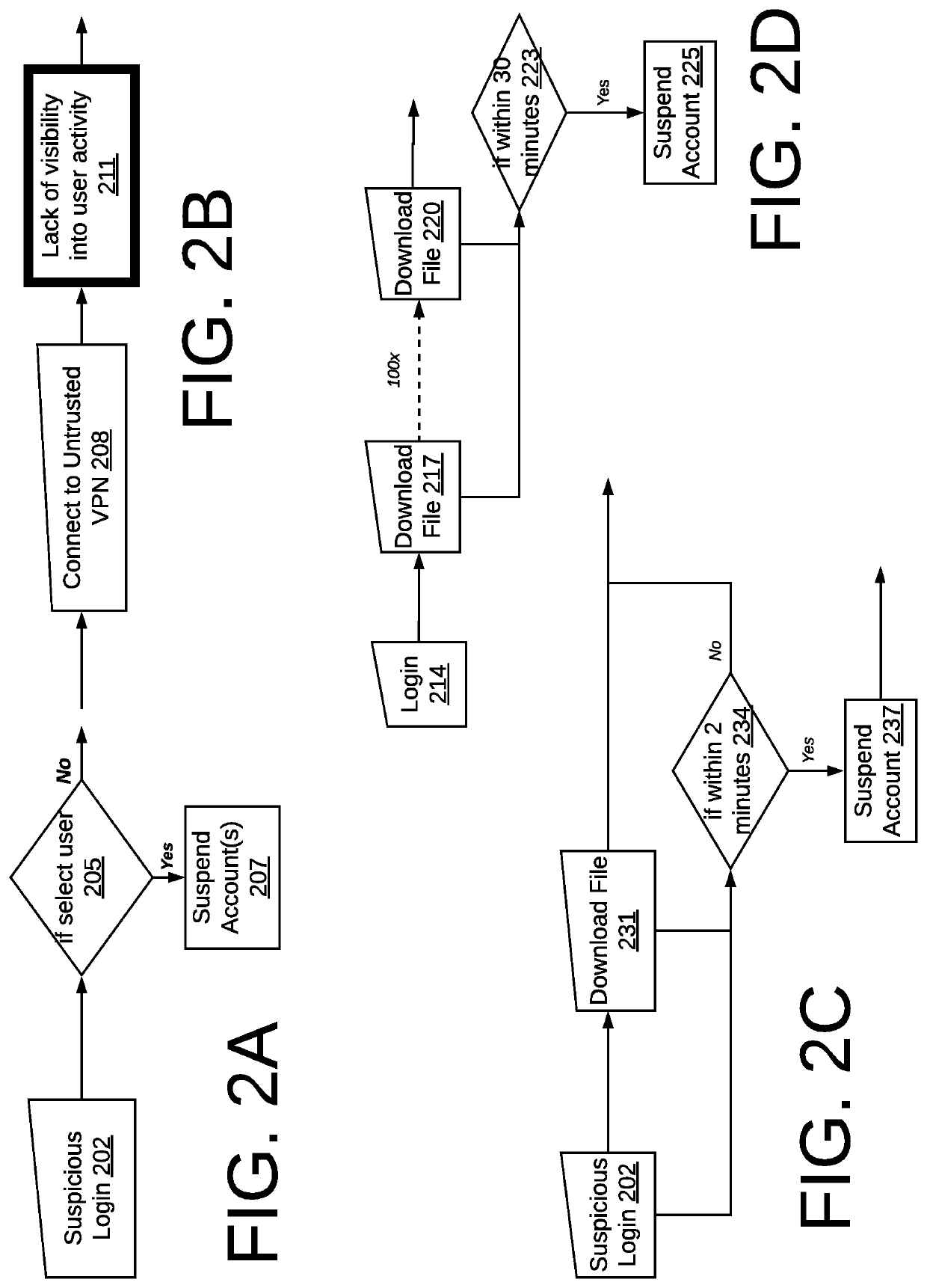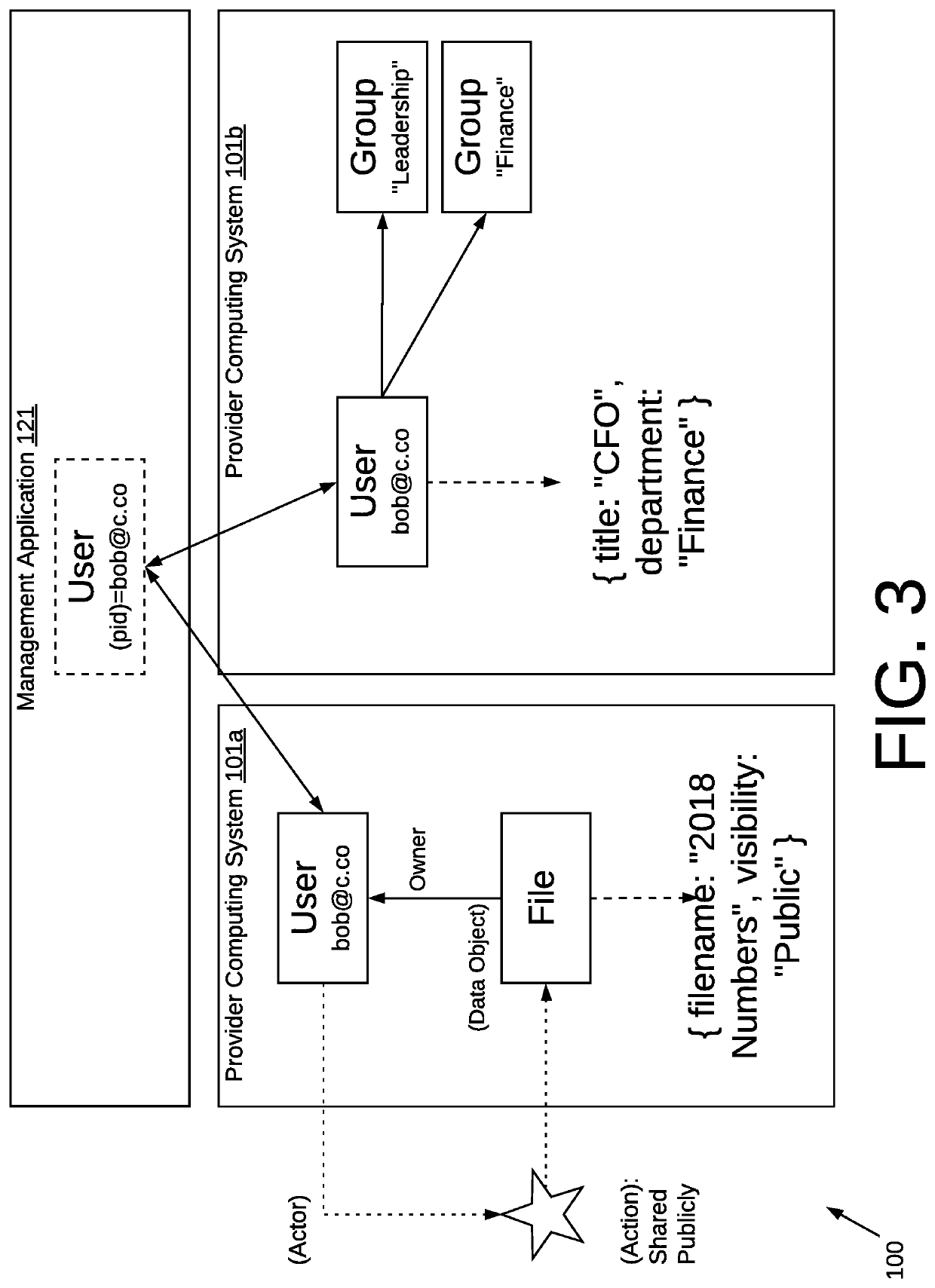From the employee side, SaaS applications can be the epitome of a “no brainer.” Employees, especially those who have matured in the era of the evolution of
cloud computing over the last 10 or so years, generally cannot fathom a world where they do not have access to the best software tools that are available to them to do their jobs at the precise time needed.
There also often may not be a corporate infrastructure to manage use of the software on an ongoing basis, which may mean that the
software acquisition process will continue to be SaaS applications-focused as the company begins to grow.
Even for mature companies that have implemented formal, embedded IT infrastructures, SaaS application use likely cannot be avoided in the future.
Accordingly, IT administrators would not be able to see the actions of users, or “processing events,” with regard to data that must be managed by an organization.
Data that travels through and among these unauthorized—and invisible to management—SaaS applications, will be difficult, if not impossible, to properly manage under current computing frameworks.
There thus currently exists an inherent tension between the likely behavior of employees and IT administrators in the context of SaaS application usage.
To further complicate the modern IT
department management structure, persons that need access to sensitive or compliance-related data may not be employed by the organization.
These non-employee users will often access sensitive or compliance-related information via SaaS applications on an as-needed basis, even though corporate IT does not always have
visibility to their operating systems and / or devices.
It follows that the organization's obligations to protect sensitive, regulated, and compliance-related data may not be appropriately manageable for these non-employee users in today's computing environments.
As opposed to assigning devices to employees to allow IT departments to manage the flow of data through and among that known—and therefore managed—device, IT departments may generally not be given broad access to such personal devices.
Such merging of personal information with business information on this single device can therefore result in a lesser ability of an organization to
gain access to the device so as to manage corporate data that travels on or through that device.
This is at least because of employee privacy issues that may preclude the employer from gaining access to personal data, even if for the purpose of managing the valuable data of the organization.
As a result, organizations are finding it problematic to manage data in the evolving situation where employees demand that their employers amend their corporate policies to allow the use of personal devices for the convenience and comfort of the employee, instead of vice versa.
However, in the SaaS computing environment, this
command and control system is not possible because there is typically little if any interaction of IT administrators with the underlying SaaS applications program in that the functionalities generated by the respective SaaS programs reside at the application level.
This can mean that, not only does an IT department possibly not hold knowledge that a particular SaaS program is being utilized in corporate operations, IT administrators may not be able to manage the movement of sensitive, regulated, or compliance-related data through and among the various programs.
In short, one cannot manage what cannot be seen, and data that is transferred at the application level may not be visible to administrators for reasons discussed herein.
As such, data breaches involving proprietary data can result in significant destruction of corporate value.
To this end, it is not uncommon today for there to be news reports of data breaches in which managed data (e.g., social security numbers,
protected health information, personnel records,
trade secret information, etc.) have been inappropriately disclosed, even innocently.
If that information is private, sensitive, regulated etc., the act of uploading the document may constitute a legally actionable
data breach.
In yet a further complication that transcends the issues of the evolving cloud computer IT
ecosystem and user devices, there exists the overriding problem of SaaS application
interoperability.
In fact, issues of data and object management in a SaaS computing environment can be traced, at least in part, to issues with the
interoperability between and among different SaaS applications that are intended to be functional with and among each other in a cloud computing environment.
However,
standardization among SaaS application vendors is not currently the norm.
In other words, the SaaS applications that work together in a single cloud computing environment are likely to be “heterogeneous,” in some respects which, in turn, can lead to some lack of
interoperability.
This effectively means that differences will exist between SaaS applications developed to run on each of these platforms with the result often being that interoperability problems can exist between applications that are intended to be functional with multiple platforms.
As such, best practices in
software development may not be strictly adhered to, at least at an early stage.
Moreover, often the developers of these SaaS products are not professional developers, which would make it less likely that generated applications would closely conform to guidelines for API development.
Such differences may be subtle or marked, but the mere existence of deviations in data object structuring can greatly increase the complexity of managing the operations of SaaS applications programs by an IT department, especially in the context of managing data movement inside and outside of an organization.
The problem of inconsistencies in the processing of data in and among a plurality of SaaS applications is compounded by the sheer amount of information that must be actively managed in the modern IT infrastructure.
This web of data objects becomes inherently more complex in multi-SaaS application environments.
As SaaS application adoption grows, so will the amount of data living in SaaS applications, which in turn creates an enormous, decentralized information sprawl.
Where SaaS data lives, and the questions of who has access to it and where it is exposed, become nebulous, even while the need for managing this data becomes more stringent.
Thus, a significant issue with SaaS application sprawl is that valuable corporate data becomes scattered across dozens of cloud applications, making it difficult to find, analyze, and deploy.
The owner of the data may not know what cloud apps retain or have access to its data.
It may follow that interoperability within the same organization between these implementations of the same SaaS program from the same vendor may be compromised as a result.
It should be apparent that since some or all of the configuration and operation of these individual instances of a SaaS application (e.g., Salesforce, Slack etc.) are at a department level, IT administrators may not be able to ensure interoperability.
The amount of operational data that each SaaS application generates can be overwhelming, as well.
When multiplied by tens, hundreds, or thousands of users, it is apparent that the amount of information that needs to be managed to ensure that an organization properly stewards its data can quickly become unmanageable.
This problem is compounded by the fact that an organization's data is continuously being changed, deleted, and added to on a continuous basis, often by many people.
There is no consistency across SaaS applications.
Many of these SaaS applications work together in some way, and all it takes is one seemingly innocuous application integration to constitute a value-destroying
data breach.
There is no single unified view or administrative vocabulary across SaaS applications for IT professionals.
Not only does this mean IT departments must visit multiple disparate administrative consoles (e.g., dashboards) to carry out administrative tasks, but it also means they have no global view of their overall computing environment.
Ultimately, this type of SaaS sprawl means IT has little to no control over what enters the environment.
Without the ability to manage data flow among a plurality of SaaS applications, or to centralize and view its organization's data, IT departments lack effective oversight.
This impairs the capacity to understand what's even happening in the environment.
However, currently, there exists no structured way to manage enterprise SaaS applications, nor are there tools and techniques that can facilitate IT professionals' achieving their security goals and requirements with respect to data moving in and among various users, programs, and devices in cloud computing environments.
 Login to View More
Login to View More  Login to View More
Login to View More 


